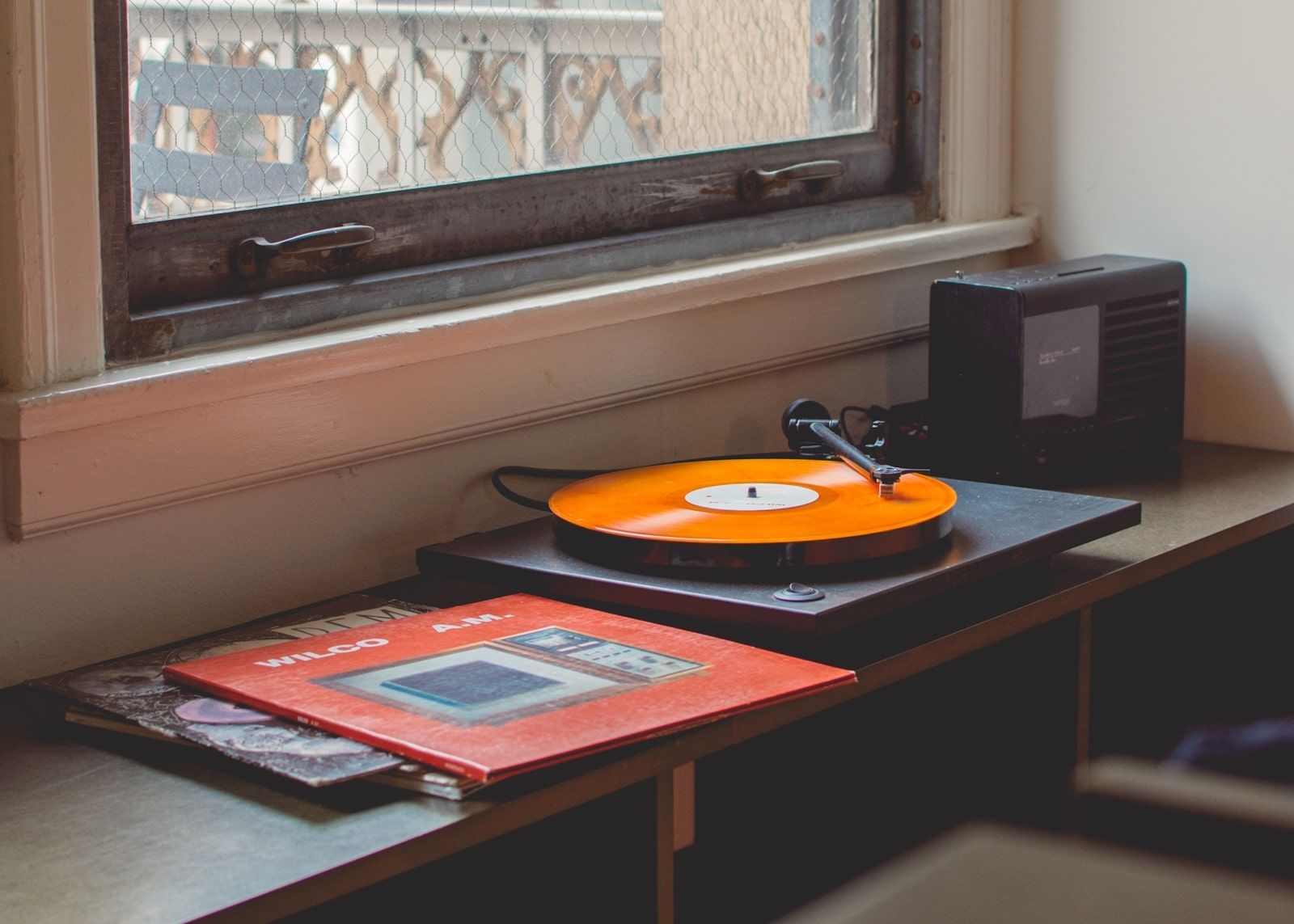The electric guitar has been an iconic instrument in the world of music for decades, captivating audiences with its electrifying sound and versatility. However, like any other piece of equipment, it requires proper maintenance and care to ensure its longevity and peak performance.
Whether you are a seasoned player or a beginner just starting your musical journey, understanding how to properly maintain and care for your electric guitar is crucial. Electric guitars may seem like complex machines with their shiny finishes and intricate components, but with proper care and attention, they can last a lifetime.
In this blog post, we will delve into the essential steps for keeping your electric guitar in top shape – from cleaning and storage to common troubleshooting techniques. So get ready to tune in as we explore the ins and outs of electric guitar maintenance that every guitarist should know.
Inspect your guitar regularly – check the strings, frets, finish, and electronics for any issues
Regular maintenance and careful attention to detail are crucial to ensuring that your instrument remains in top form. One of the most important steps you can take is to inspect your guitar regularly, paying close attention to critical areas such as the strings, frets, finish, and electronics.
By taking the time to carefully check for any issues or damage, you’ll be able to catch problems early and avoid more significant issues down the line. Whether you’re a seasoned pro or just starting, make sure to prioritize proper maintenance and care to keep your electric guitar performing at its best.
Restring your guitar – fresh strings can improve your guitar’s tone and playability
While many factors contribute to the overall sound of your electric guitar, re-stringing your instrument is a simple and effective way to improve your guitar’s tone and playability. Over time, strings can become corroded and lose their brightness, resulting in a dull sound.
By incorporating fresh strings into your routine maintenance, you can ensure that your guitar is sounding its best. Plus, regularly changing your strings can prevent wear and tear on the neck and bridge of your guitar, ultimately prolonging the lifespan of your instrument.

Clean your guitar – dust it regularly and use polished furniture cleaner on wood finishes
Regular maintenance and cleaning are essential to prolonging the life of your instrument. One of the crucial steps in guitar care is to keep it clean and dust-free. Regular dusting will help avoid the buildup of dirt and grime in the hard-to-reach areas of your guitar, which can harm the finish and even affect the sound quality.
In addition to dusting, it’s crucial to use the proper cleaner for your guitar’s wood finishes. The polished furniture cleaner is an excellent option for maintaining the natural beauty of the wood and leaving a shiny surface that can protect the guitar against moisture and other external factors.
Condition frets with lemon oil – this prevents rust and keeps the frets shiny and smooth
To ensure that your instrument produces the best possible sound and stays in top condition, it’s essential to take proper care of its frets. One of the easiest and most effective ways to do so is by using lemon oil to condition them regularly.
Not only will this treatment help to prevent rust from forming on your frets, but it will also keep them shiny and smooth to the touch. By taking this simple step, you can help to ensure that your electric guitar remains in prime playing condition for years to come.
Change pickups when needed – older pickups lose output over time, impacting your tone
One aspect of electric guitar maintenance that should not be overlooked is the pickup. Though pickups are an essential part of the guitar, they can deteriorate over time, affecting the output and ultimately impacting your tone.
The older pickups become, the more likely it is that they’ll lose output, and replacing them is a necessary part of guitar maintenance. If you notice that your guitar doesn’t sound as clear or powerful as it once did, or if the sound quality seems off in any way, it may be time to consider a new set of pickups.
Adjust string action as needed – proper setup keeps strings high enough to avoid buzzing
Maintaining a proper setup ensures that the strings are high enough to avoid buzzing, providing you with clean, precise tones every time you play. Proper string action also helps to ensure that your guitar stays in tune and that your fingers don’t get fatigued while playing.
While setting up your guitar may seem like a daunting task, it’s a crucial component of caring for your instrument and ensuring that it provides you with the best sound possible. With a little patience, practice, and attention to detail, you can keep your electric guitar sounding its best day after day.
Calibrate electronics – dirty or faulty pots, switches and jack can cause signal issues
Electric guitars, like Paul Reed Smith guitars, are complex instruments that rely heavily on their internal electronics to produce their signature sound. When the knobs, switches, and jacks become dirty or faulty, the resulting signal issues can severely hamper the guitar’s performance.
That’s why it’s essential to take the time to calibrate these components properly. By cleaning pots and switches and ensuring that all connections are tight and secure, you can avoid buzzing, crackling, and other problems that can ruin a recording or live performance.
Watch out for humidity and temperature changes – these can cause wood to expand or contract
Wood is a natural material that can be affected by changes in moisture content and temperature. If the wood expands or contracts too much, it can damage the guitar’s sound quality or even cause structural damage.
It’s important to store your electric guitar in a temperature-controlled environment, away from extreme conditions that can affect the wood. Adequate care and proper storage will prolong the life and good condition of your electric guitar.














